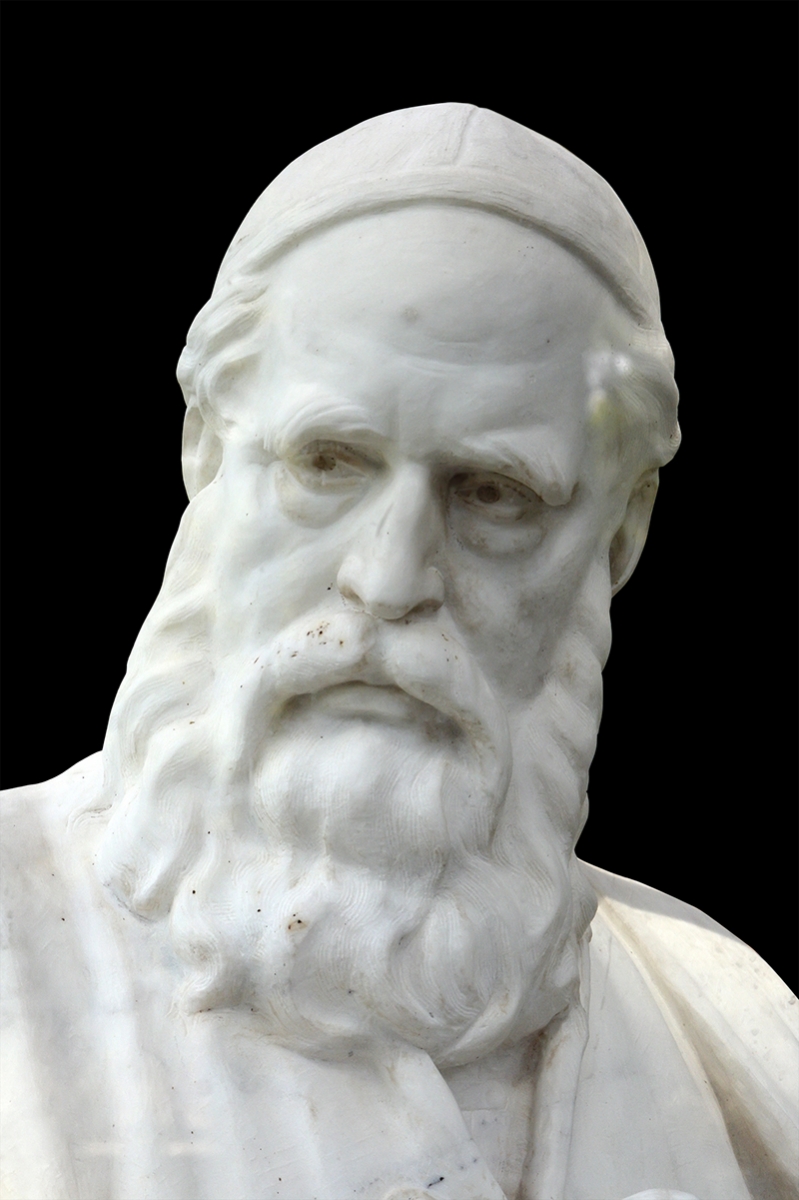- About MAA
- Membership
- MAA Publications
- Periodicals
- Blogs
- MAA Book Series
- MAA Press (an imprint of the AMS)
- MAA Notes
- MAA Reviews
- Mathematical Communication
- Information for Libraries
- Author Resources
- Advertise with MAA
- Meetings
- Competitions
- Programs
- Communities
- MAA Sections
- SIGMAA
- MAA Connect
- Students
- MAA Awards
- Awards Booklets
- Writing Awards
- Teaching Awards
- Service Awards
- Research Awards
- Lecture Awards
- Putnam Competition Individual and Team Winners
- D. E. Shaw Group AMC 8 Awards & Certificates
- Maryam Mirzakhani AMC 10 A Awards & Certificates
- Two Sigma AMC 10 B Awards & Certificates
- Jane Street AMC 12 A Awards & Certificates
- Akamai AMC 12 B Awards & Certificates
- High School Teachers
- News
You are here
A GeoGebra Rendition of One of Omar Khayyam's Solutions for a Cubic Equation - Introduction
Introduction
 |
| Figure 1. Statue of Omar Khayyam in Nishapur, Iran (photographed by Muhammad Mahdi Karim, December 2011, Wikimedia Commons, licensed under GFDL 1.2) |
This paper provides an example of how technology can benefit student engagement and facilitate greater appreciation for Omar Khayyam's eleventh-century approach to constructing a solution to a cubic equation. The GeoGebra applet included here presents the result of Khayyam's marvelous construction in a format more accessible to modern readers than his writings in translation. This dynamic representation eliminates the difficulty of visualizing and interpreting a static image from Khayyam's proof, thus surmounting some of the obstacles to and maintaining the benefits of including Khayyam's solution in an undergraduate course in the history of mathematics.
Studying primary sources from the history of mathematics is one way to foster an understanding of mathematics as an ongoing, creative process that occurs in specific times and places. Primary sources can also illuminate gradual change, including incremental shifts in perspective that do not persist as part of our current mathematical landscape. Although primary source material provides these rich opportunities for mathematical and historical insights, students often find it frustrating to deal with archaic sources that originate in a profoundly different worldview. Linguistic and notational differences pose challenges, too. Students are sometimes uninterested in overcoming these difficulties, especially when they know simpler, more efficient, or more general modern methods – as in the case of solutions for polynomial equations of small degree. This paper presents an accessible, interactive format designed to remove difficult realities of studying a primary source while retaining Khayyam's remarkable mathematical result.
Deborah Kent (Drake University) and Milan Sherman (Drake University), "A GeoGebra Rendition of One of Omar Khayyam's Solutions for a Cubic Equation - Introduction," Convergence (August 2015)




